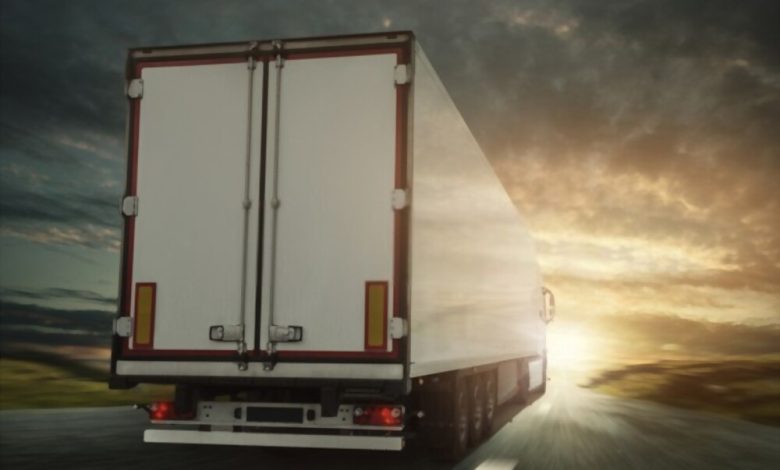Transporting Dangerous Goods: What are the things a Company Should consider?

Industries tend to produce different categories of hazardous goods. They are not usually store and need to transport to a special disposal site or any other buyer. The entire packaging and transporting of dangerous goods need extra care to avoid any accident or hazard.
Goods that can explode, leak hazardous gases or cause a projectile hazards are label as dangerous. Some of the most common goods are lithium batteries, fireworks, petrol, helium, LPG, aerosol, benzoyl peroxide, pesticides, dry ice, etc.
Here is a guide to dangerous goods, their classification, and must-dos or safe transportation.
Classes of dangerous goods
This allows hassle-free choosing of transportation type, packaging, and permissions from the government.
The common categories of hazardous goods are:
- Explosives: Anything that can explode or blast is put in this category. Substances that can cause a projectile hazard, minor or major explosion, insensitive substances with or without explosion hazard are categorized under explosives.
- Gases: Toxic, non-toxic, flammable, and non-flammable gases are all categorized under gases.
- Flammable solids: Solids that emit gases that can catch fire on their own or by water are in this category. Desensitized and self-reactive solids that catch fire on water contact are flammable solids.
- Flammable liquids: Liquid substances that will catch fire easily at even low temperatures and heat exposure are flammable liquid category substances.
- Oxidizing substances: Oxidizing peroxides and other materials that oxidize fall into this category.
- Corrosive substances: The materials that corrode and give away toxic substances are put into this category.
- Radioactive substances: Radioactive materials are usually radioactive by-products of some process or industrial waste.
- Miscellaneous: These are goods that do not fall under any of the above categories.
Things to keep in mind
Here are some of the things that companies should keep in mind:
– Separate the goods: If several different types of hazardous goods are transporte, it is important to separate them carefully. The goods that are not compatible with each other need to put separately using transport segregation devices.
– Labeling: The primary and secondary containers carrying hazardous goods should labele as per the GSH regulations and protocols as detailed by the UN.
– Crucial flashpoints: The flashpoint is the temperature above which the flammable liquids can catch fire. The packaging and the container should maintain a temperature below the flashpoint.
– Storage temperatures: The dangerous goods should store and transporte at a temperature to avoid any reaction or accident. Always check the datasheet of safety points on various goods by the local government.
– Paperwork: This is one of the most crucial parts of transporting hazardous goods. One have up-to-date transportation documents, details of the consignor, and the details of the goods that are transport. Paperwork should be as per the government protocols and regulations.
– Offload carefully: Offloading is as important as packaging the goods. One should make sure that the goods are offload as per protocols, and there is no human or nature hazard nearby. There should be proper offloading equipment and tools at the address.
Transporting dangerous goods is a detailed process that one should not take lightly. It is crucial to alert the protocols and guides provided for packaging, transportation and offloading. One must hire the best hazardous goods transport company for the job.




